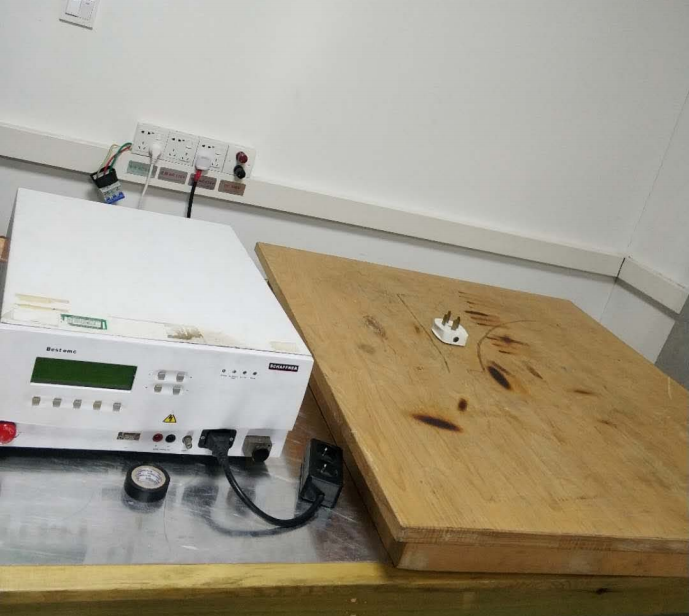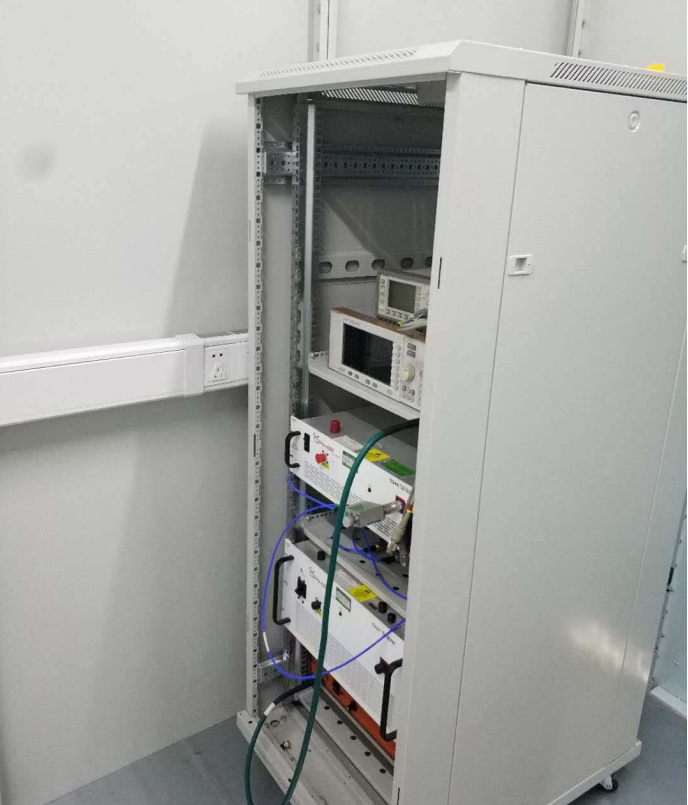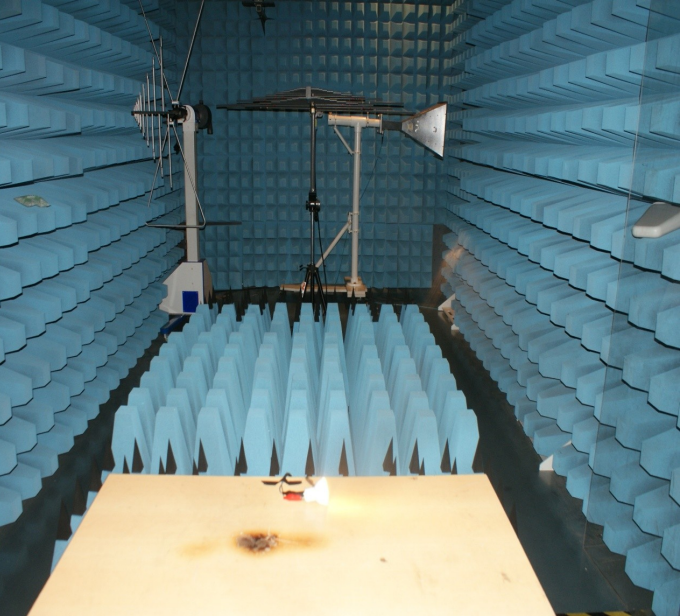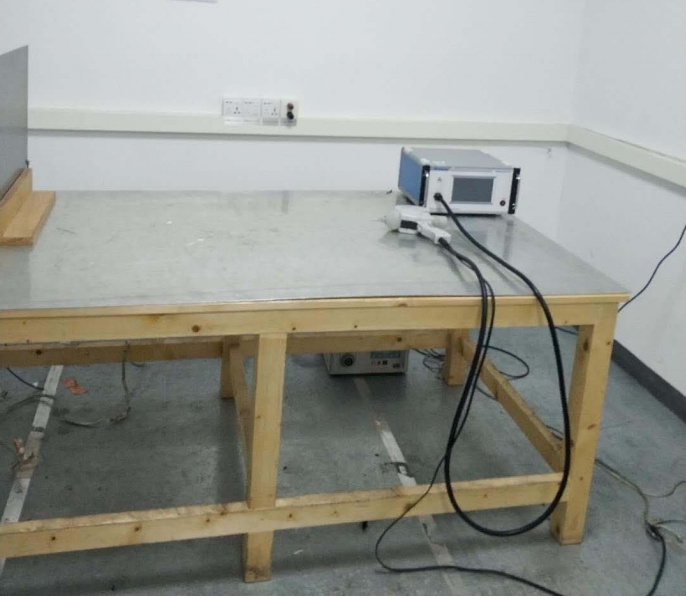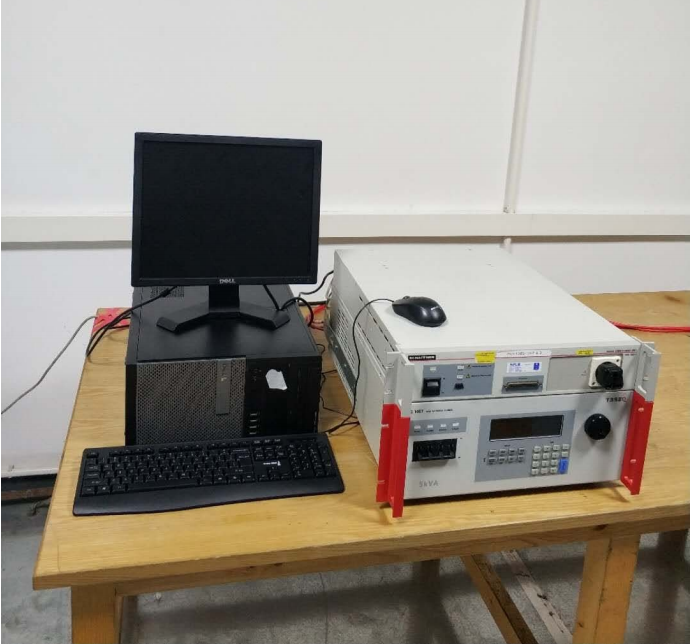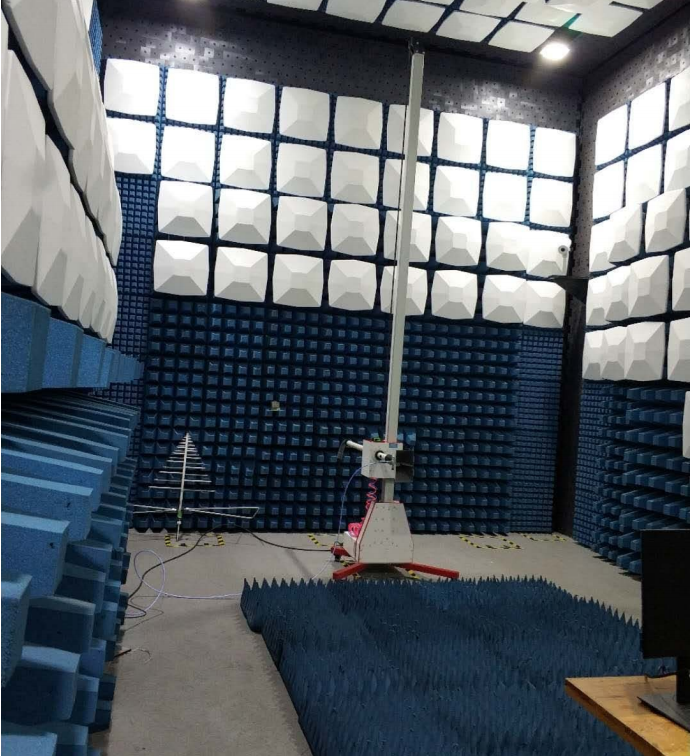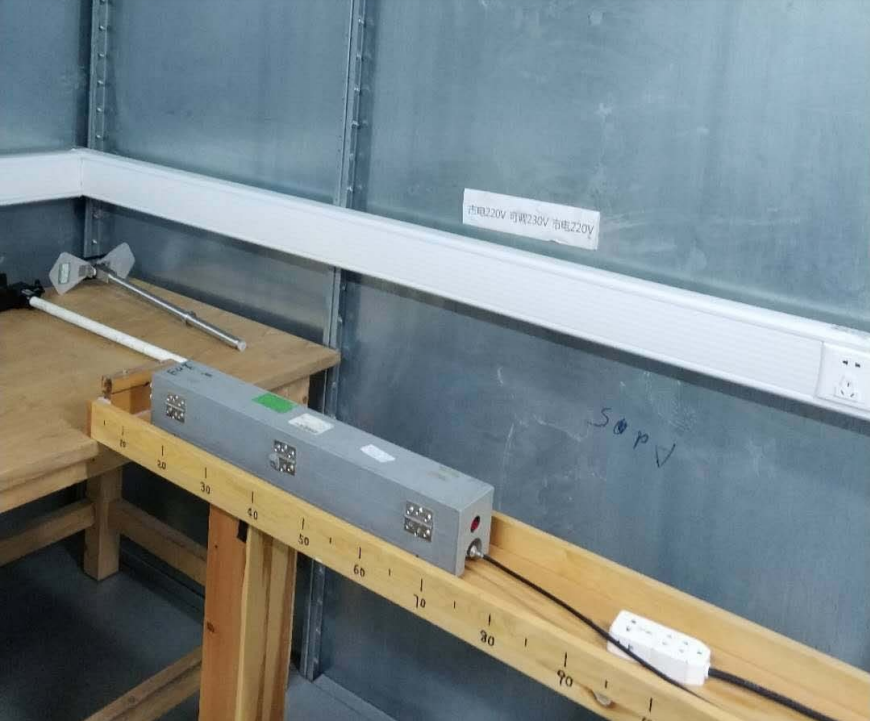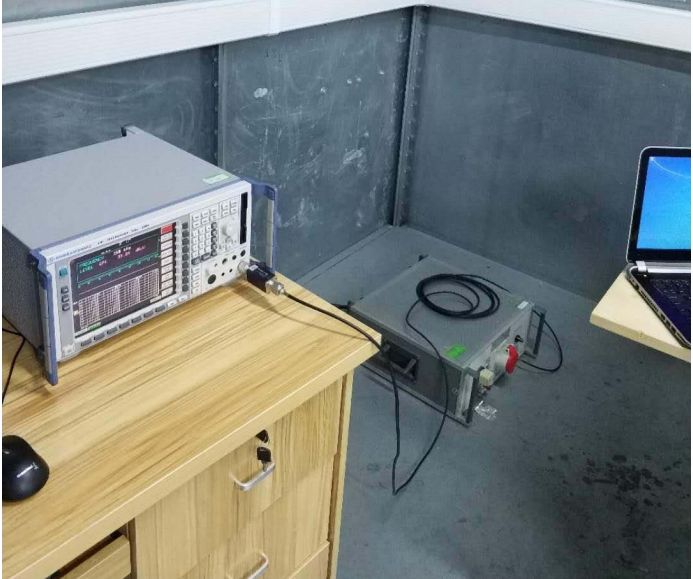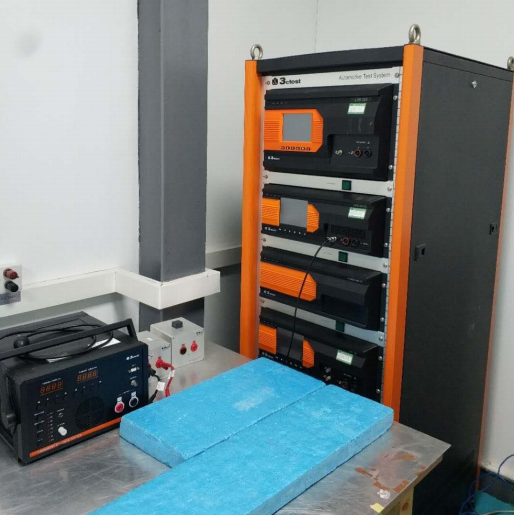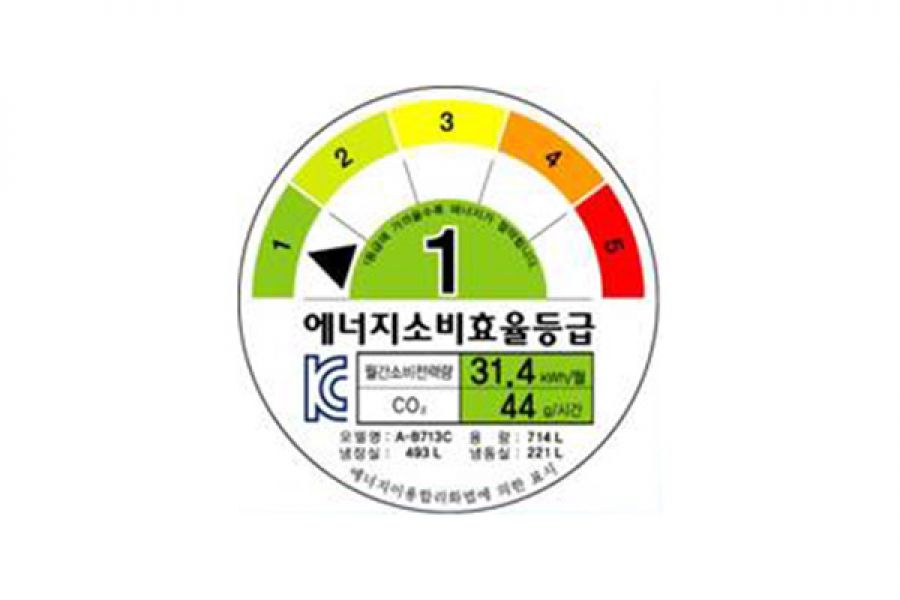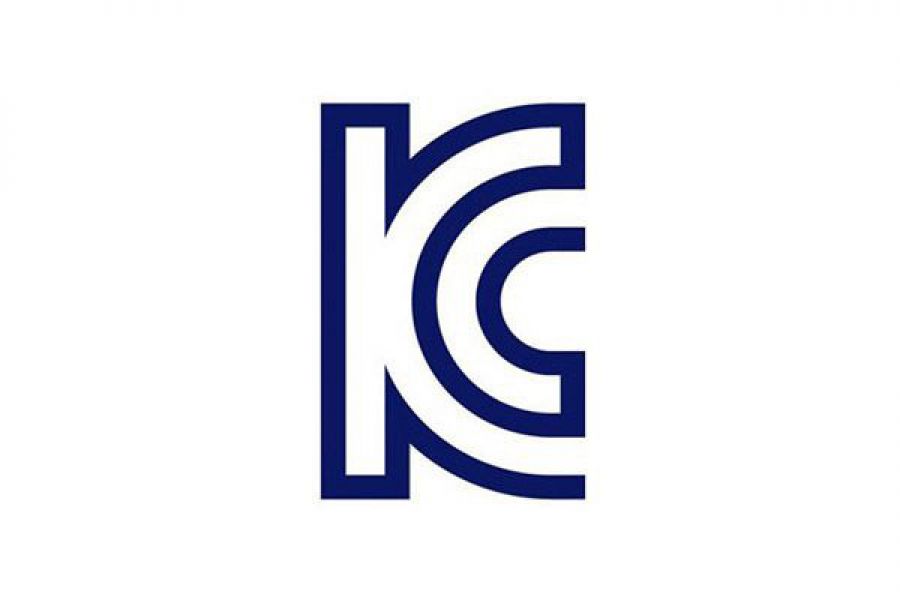- Transmit power Power spectral density Take up time Duty cycle Adaptive Channel spacing Occupying bandwidth Frequency stability Modulation bandwidth Emission spur In-band spurs Dynamic frequency selection Receive spurious Sensitivity Peak power to average power ratio Receive blocking and bit error rate Electromagnetic field
RF Wireless Testing
- Radiation (RE) 10m Radiation (RE) 3m Radiated Immunity (RS) Radiated spurious (RSE) Conduction (CE) Conducted Immunity (CS) Disturbance power (DP) Three loop antenna (3Loop) Lightning strike (SURGE) Static electricity (ESD) Electrical Fast Transient (EFT) Dips & Interruptions (DIP) Harmonic Flicker (H&F) Power frequency magnetic field (MS) Clicking sound (Click)
EMC Testing
Contact information
Free service hotline
Tel:188-2379-9985
Email:info@jtl-lab.org
Address:Area 2-1102D, Building T2, Haigu Science and Technology Building, Shiyan Street, Bao'an District, Shenzhen
Current category:Korea
Back to listKC
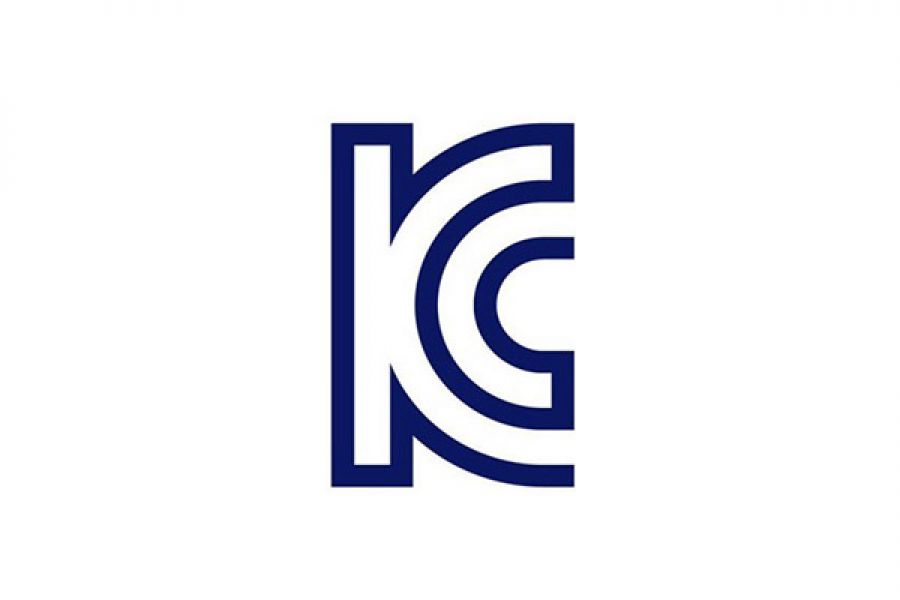
1. Introduction to CertificationIn order to enable consumers to have a clearer understanding of the certification marks on the products they purchase and to reduce the various certification fees borne
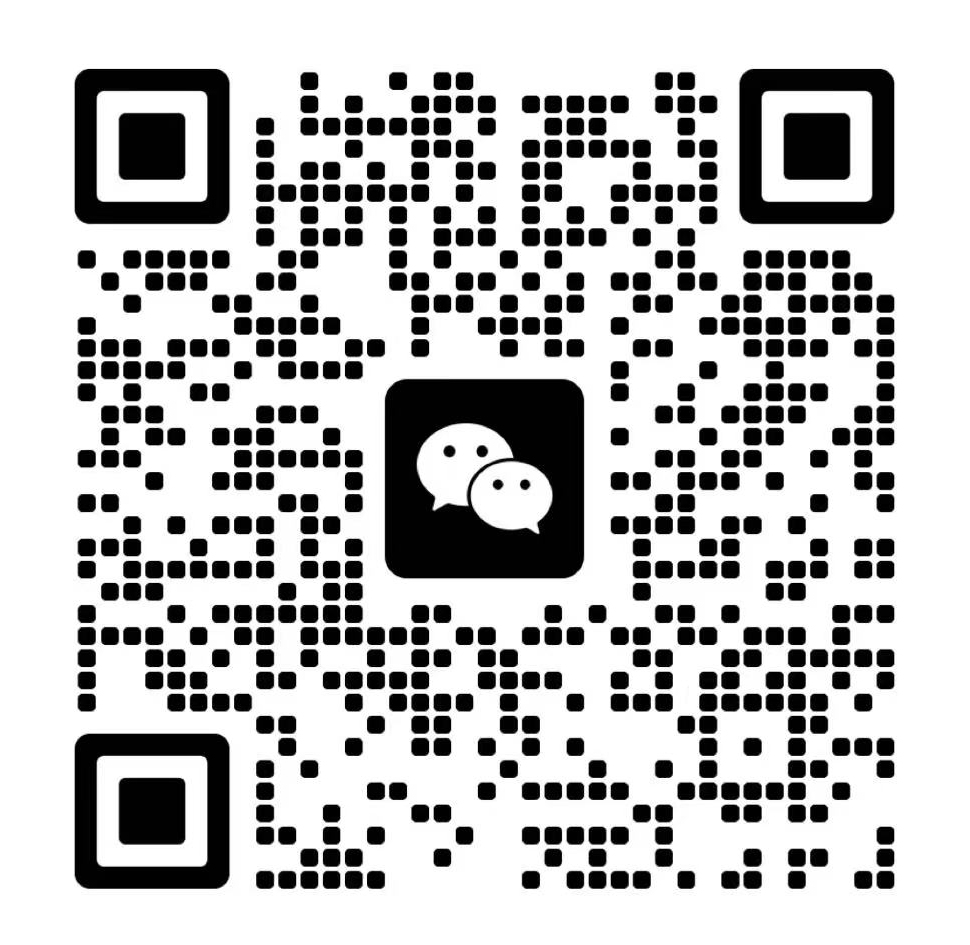
Add WeChat
KC Details
1. Introduction to Certification
In order to enable consumers to have a clearer understanding of the certification marks on the products they purchase and to reduce the various certification fees borne by product manufacturers, in 2009, the Korean Ministry of Knowledge Economy (MKE) began to implement and adopt the national unified KC mark, named It is the "KC Mark" logo, the new logo represents Korea Certification, and the original 13 compulsory logos in South Korea are also unified under this logo. One result of this move is to reduce the supplier's expenditure on certification fees, and use the Korean KC Mark Gradually become a world brand certification.
KC MarkCertification Products List (KC Certification Product Catalog) According to the "Korea Electrical Appliances and Materials Safety Management Law", since January 1, 2009, electrical product safety certification is divided into two types: electrical appliance safety certification and self-discipline safety confirmation certification.
2. Certification mark
1. The label size can be adjusted with the product size
2. The label should be wear-resistant and should be printed on a conspicuous place of the product. If the product is too small, it can be printed on the outer packaging
3. The safety certification number should be written under the certification mark, and the safety standard precautions should be marked on the item in Korean or English
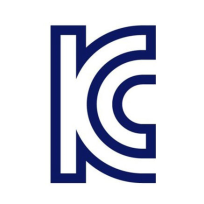
3. Product Category
1. Compulsory certification: All electronic products that are compulsory products must obtain KC Mark certification before they can be sold in the Korean market.
2. Self-regulatory (voluntary) certification: All electronic products that are voluntary products only need to be tested to obtain a certificate.
4. Product range
1. Electrical appliances that need to be certified: Basically, the input voltage range of electrical appliances is electrical products with AC voltages above 50 volts and below 1000 volts.
(1) Wire products
(2) Electrical switch products
(3) Capacitor and power filter
(4) Electrical equipment parts and connecting parts
(5) Electrical protection components
(6) Transformer products
(7) Household appliances
(8) Electric tools
(9) Audio and video application equipment
(10) Lighting equipment
2. In addition to products that must obtain safety certification, apply for self-discipline safety confirmation.
(1) Electrical switch
(2) Transformer
(3) Household appliances
(4) Electrical equipment parts and connecting parts
(5) Audio and video application equipment
(6) Information technology and office equipment
(7) Lighting equipment
5. Certification Standards
|
product |
Safety standard | |
| Power Products | Information technology-ITE class power supplies |
KC 62368-1 |
| Audio and video AV power supply | ||
| Lighting power supply |
KC 61347-1 |
|
| Home appliance power supply |
KC 60335-1 |
|
| Industrial power supply (electronic transformer) | AC-AC power supply: KC 61558-1 KC 61558-2-16 (AC-DC power supply cannot be applied) | |
| End product | Information technology ITE products |
KC 62368-1 |
| Audio and video AV products | ||
| Lighting products |
KC 60598-1 |
|
| Home Appliances |
KC 60335-1 |
|
| Industrial (Transformer) Products |
KC 61558-1 |
|
| Electric tools |
KC 60745-1 |
|
| Battery/Electric Vehicle Products | Electric bicycles and personal electric vehicles |
KC 62133-2 |
6. Test items
1. Temperature rise test
2. Ground resistance test
3. Touch current test
4. Hipot test
5. Glow wire test
6. Needle flame test
7. Tide test, etc.
7. Required information
1. Relevant application forms
2. Product label
3. Product instruction manual in Korean
4. Parts list
5. Derived model list and difference description
6. Circuit diagram and Layout
7. Parts certificate
8. Specifications for transformers, inductors, etc.
9. CB certificate and report (if any)
10. Pin composition list of plug-in DC power supply unit
8. Certification process
1. After the applicant determines the requirements, sign a contract with the testing and certification agency
2. The applicant provides company and product information
3. The applicant provides sample testing
4. The testing agency conducts data review
5. The testing agency conducts pre-test
6. Send samples to testing agency for testing
7. Factory inspection (compulsory certification requires factory inspection)
8. Obtain a report certificate after passing the audit
9. Certification cycle and validity period
The cycle of KC certification application takes 4-6 weeks.
The validity period of the KC compulsory certification certificate is maintained according to the annual inspection, and the self-discipline certification standard is valid.
10. Factory inspection
KC compulsory certification needs to accept factory inspection and product sampling test every year. The Korean Safety Law stipulates that after the application is accepted, the factory needs to conduct the first factory inspection. After the certificate is granted, the certification body will conduct an annual follow-up review of the factory every two years. The main purpose is to check the consistency of the factory's quality control system and whether it can continue to meet the standards of the safety law.
KC self-regulatory certification does not require factory inspection.
11. Matters needing attention
1. Pay special attention to the consistency when using the CB certificate and report application: the applicant is the same, the product name and model are the same, the test standard corresponds to the version that meets the KC standard, etc., and it needs to be valid within 3 years;
2. Korean voltage and frequency: single-phase 110V, 220V~, three-phase 220V, 380V, 60Hz or 50/60Hz. (not applicable: 230V 50Hz or 220V 50Hz);
3. The corresponding plug and power cord used by the product must comply with the requirements of Korean regulations.
|
Korea |
|
· Test content: safety regulations ·Applicable Products: ·Is it mandatory: Yes/No ·Factory Inspection: Depends on the product ·Local agent: no need ·Plug type: Korean standard ·Voltage requirement: 110/220V Application method: direct application; CB certificate report transfer application within three years ·Certificate validity period: according to certification standards and follow-up supervision and inspection ·Other supplements: do not control the color and trademark of the product |


